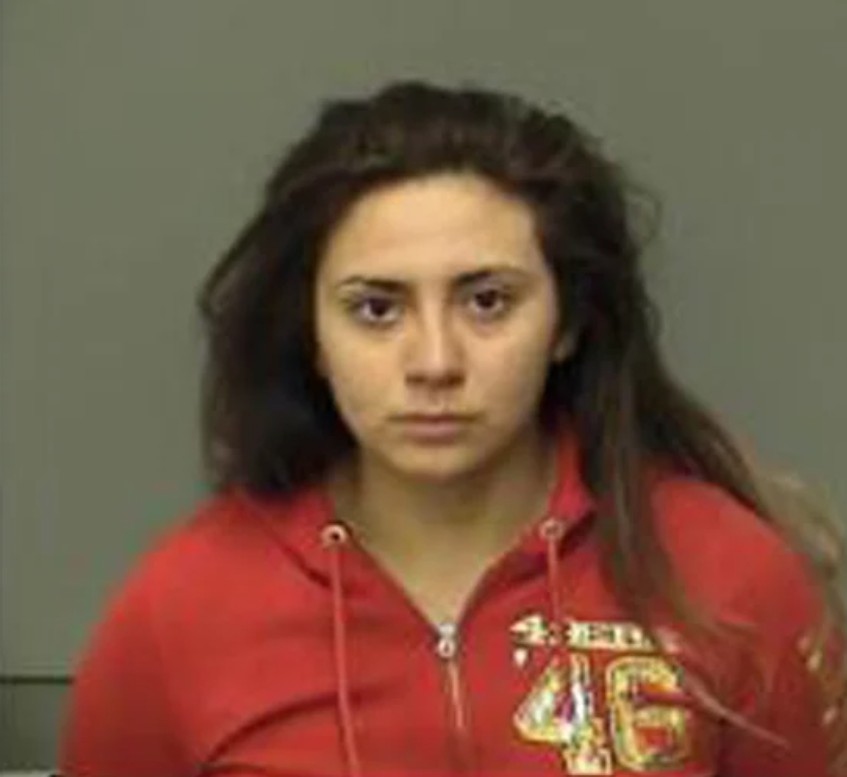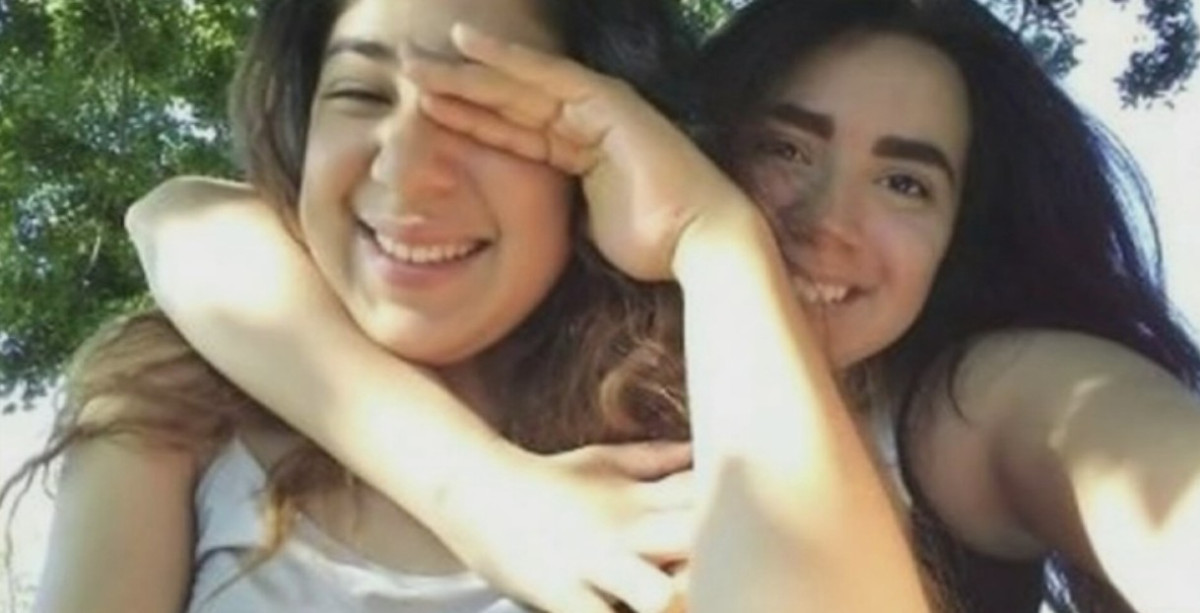Obdulia Sanchez Live Stream Video and Parole After Serving
In a tragic and controversial case that gripped the nation in 2017, Obdulia Sanchez, then an 18-year-old from Stockton, California became the subject of intense media scrutiny after livestreaming a fatal car crash that killed her younger sister. Now, more than six years after the incident, Sanchez has been released on parole, according to the California Department of Corrections and Rehabilitation (CDCR). Her release has reignited public debate over crime, rehabilitation, social media accountability, and justice.

Contents
A Tragic Night in 2017 and Full Video
The incident occurred on July 21, 2017, near Los Banos, California. Obdulia Sanchez was behind the wheel of a Buick while livestreaming herself on Instagram. In the car were her 14-year-old sister, Jacqueline Sanchez, and another teen girl. As Obdulia sang along to music, gestured to the camera, and continued streaming, she suddenly lost control of the vehicle. The car veered off the road, flipped, and crashed into a barbed wire fence before rolling over in a field.
Uncensored full video of Obdulia Sanchez livestreaming
The aftermath was horrifying and deeply disturbing. Sanchez continued to stream after the crash. In the footage, she can be seen standing over her sister’s lifeless body, repeating, “I f***ing killed my sister.” The video captured her grief, shock, and detachment as she tried to come to terms with the horrific scene. Her sister had been thrown from the vehicle and died at the scene. The other passenger survived with injuries.
What made the tragedy even more jarring was its transmission in real time. The livestreamed footage went viral, sparking widespread outrage, disbelief, and grief. It quickly became one of the most-discussed incidents on social media, prompting a national conversation about social media behavior, youth recklessness, and the ethics of sharing traumatic events online.
Legal Proceedings and Sentencing
Authorities responded quickly. Sanchez was arrested at the scene and faced multiple charges, including gross vehicular manslaughter while intoxicated, DUI resulting in bodily injury, and child endangerment. Toxicology reports later confirmed that Sanchez had been under the influence of alcohol and marijuana at the time of the crash.

In court, prosecutors emphasized the recklessness of her behavior not just driving under the influence, but doing so while actively livestreaming on Instagram. The video, used as evidence in court, became central to the prosecution’s case.
Sanchez eventually pleaded no contest to all major charges. In February 2018, she was sentenced to six years and four months in prison. The sentencing brought a mix of reactions. Some viewed it as just, given the severity of her actions. Others, including members of her family, expressed sympathy and emphasized her remorse and the trauma of witnessing her sister’s death.
Time Served and Rehabilitation Credits
Although Sanchez was sentenced to more than six years, she did not serve the full term. According to the CDCR, she was given credit for time already served while awaiting trial and sentencing. Furthermore, she earned additional credits for participating in rehabilitative programs while incarcerated programs designed to encourage behavioral reform and prepare inmates for reintegration into society.
These factors contributed to her early release. On September 21, 2023, Sanchez was officially released on parole, allowing her to resume life outside of prison under supervised conditions.
The announcement from the CDCR confirmed her parole status, though specific details about the terms of her release were not publicly disclosed. Standard parole conditions typically include mandatory check-ins with a parole officer, adherence to curfews, restrictions on substance use, and requirements for continued participation in counseling or support programs.
Mixed Reactions and Public Controversy
Unsurprisingly, Sanchez’s release has stirred renewed public debate. The case, which had faded from the headlines, is once again in the spotlight. For many, the central question remains: Has justice been served?
Some argue that Sanchez has paid her dues, citing her time in prison, efforts toward rehabilitation, and the immense psychological burden of having caused her sister’s death. Supporters suggest that a young person who made a terrible mistake should not be defined solely by that moment for the rest of her life.
On the other hand, critics believe the punishment did not fit the crime. They argue that the early release sends the wrong message about accountability, particularly in cases involving youthful recklessness, intoxication, and death. The fact that the tragedy was livestreamed, seemingly without full comprehension of its gravity, continues to disturb many.
The viral nature of the video has also played a role in shaping public sentiment. Unlike most fatal accidents, this one was documented and widely shared, making it feel more real and immediate to viewers across the globe. As such, the emotional impact has lingered far beyond what might have occurred in a more private tragedy.
Obdulia’s Future: Challenges Ahead
As Obdulia Sanchez reenters society, she faces a host of challenges. Beyond the legal requirements of parole, she must navigate the psychological trauma of the event and the stigma that comes with her public notoriety. Unlike many parolees, Sanchez is a known figure. Her name is associated with a tragedy seen by millions. Moving forward will likely mean living under scrutiny whether from the media, employers, or even potential friends or romantic partners.
There is also the challenge of rebuilding her identity. What does life look like for someone who has spent their early adulthood in prison, has experienced the trauma of a sibling’s death, and became infamous in the digital age? Mental health support, educational opportunities, and continued rehabilitation services will be critical if she is to succeed in her reintegration.
Wider Lessons and Implications
The Sanchez case remains emblematic of 21st-century tragedies where digital behavior, youth recklessness, and real-life consequences intersect in unpredictable and heartbreaking ways.
It raised profound questions:
Should filming oneself behind the wheel be treated more seriously by law enforcement?
Do viral videos influence how we judge guilt and remorse?
How should society balance punishment and rehabilitation, especially for young offenders?
Social media platforms also face increased pressure to address such content. While Sanchez’s video was taken down eventually, it had already been downloaded, reposted, and viewed millions of times. This raises concerns about content moderation, digital trauma exposure, and the ethics of sharing graphic content online.
Obdulia Sanchez’s release on parole brings a haunting case back into public discussion. The 2017 livestreamed crash that killed her sister shocked the world, not just because of its tragic nature, but because of how it unfolded in real time on social media. Her early release may offer her a chance to rebuild her life, but it also revives ongoing conversations about youth, accountability, and the power and peril of digital technology.
As society continues to grapple with the consequences of living in a hyper-connected world, stories like this one force us to reconsider how justice, empathy, and responsibility should evolve in the age of livestreamed reality.
Hot News -Igor Pereira Girlfriend Face Video and Jealous Rage
The Carter Mexican Store Video and Why It Sparked Outrage
Phillies Yankees Couple Fan Video and Social Media
Pontus Rasmusson of Bunny Video Leak and Footage Spreads
Mauro Icardi Ifşa Video on Twitter and Social Media Uproar
Eastman Credit Union Johnson City TN Video Viral
Sondra Blust Viral Video and Footage Sparks Online

